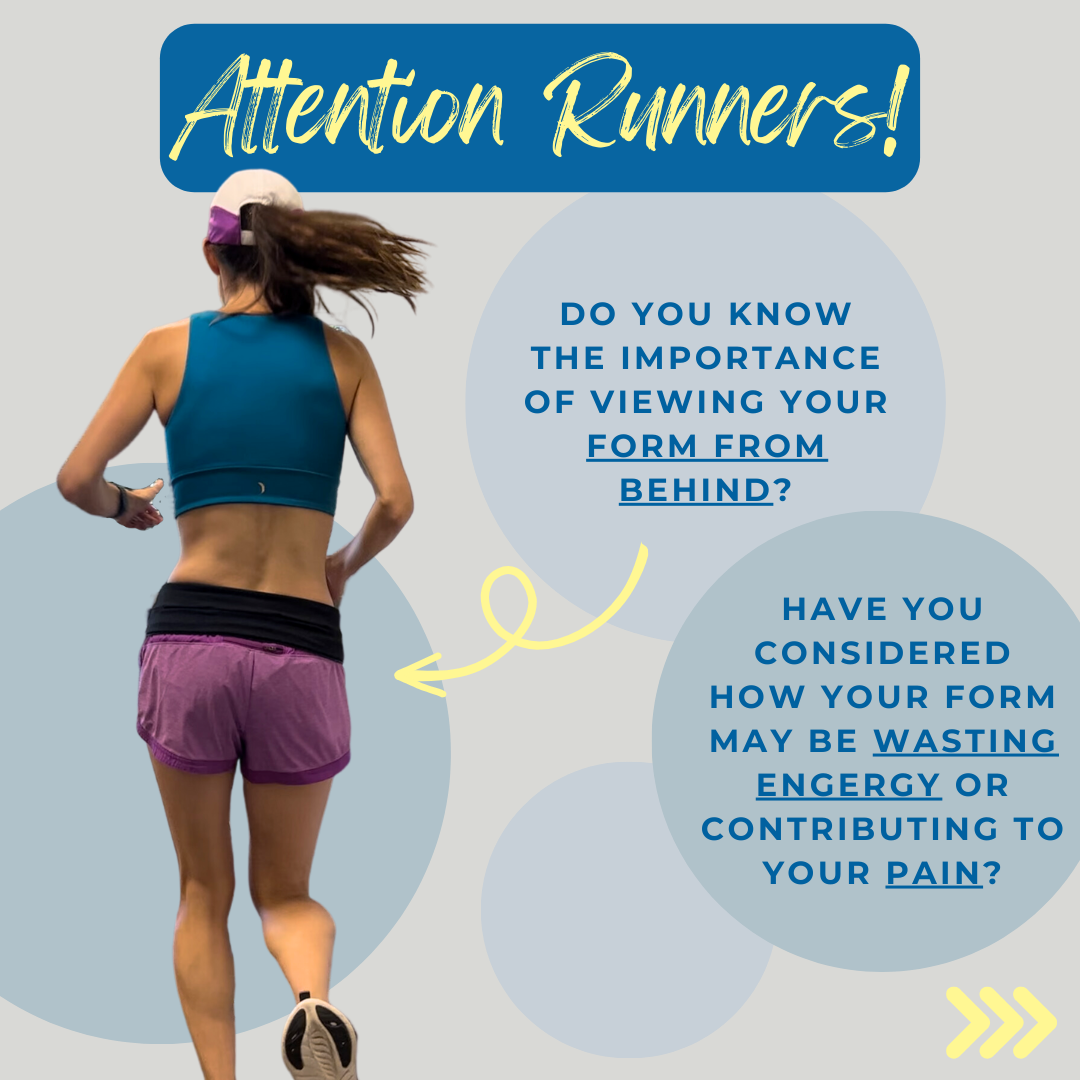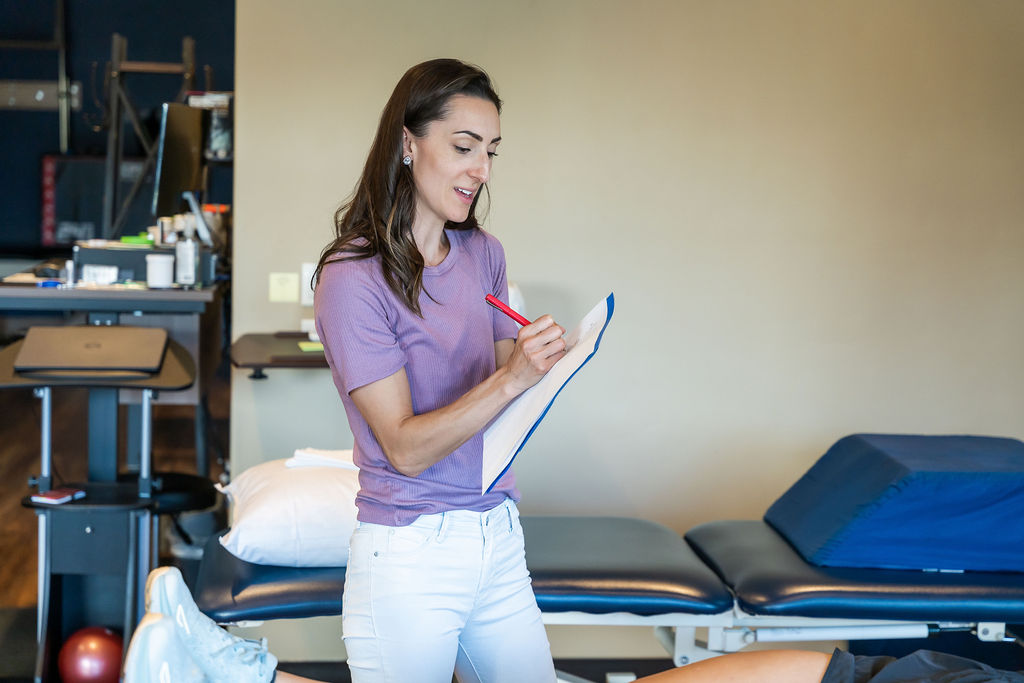In the quest for peak performance and injury prevention, runners are constantly reminded of the principle “Run Smarter, Not Harder.” This approach emphasizes the need for efficiency and intelligence in training, where understanding and refining one’s running form plays a critical role. An often-overlooked aspect of this refinement process is the value of analyzing one’s running form from behind. This unique perspective can reveal subtle inefficiencies that, once addressed, can significantly enhance running performance and reduce the risk of injury.
A Personal Journey of Discovery and Improvement
My own exploration into the rear-view analysis of my running form was both revealing and transformative. The exercise brought to light several inefficiencies, notably excessive pelvic drop and a pronounced ‘bounciness’ in my stride. These findings were not just technical observations but signposts pointing toward tangible opportunities for improvement. It was a humbling reminder that even seasoned runners can uncover new paths to efficiency.

The Technical Breakdown: Excessive Pelvic Drop
Excessive pelvic drop, identified through the rear-view, stands out as a critical factor affecting running efficiency. This condition, characterized by a noticeable dip in the pelvis on the non-weight-bearing side, can lead to a cascade of biomechanical issues. It places undue stress on the lower back and hips, alters the natural alignment of the knees and thighs, and can even lead to chafing due to increased thigh proximity. Moreover, it disrupts the fluidity of the running stride, leading to energy waste and decreased performance.

Beyond the Pelvic Drop: The Ripple Effect of Inefficiencies
The rear-view analysis shed light on more than just pelvic drop; it unveiled a ‘bounciness’ in my stride that further compromised running efficiency. This excessive vertical movement is not merely an aesthetic concern; it exacerbates the pelvic drop and contributes to the overall energy inefficiency of the running form. It’s a vivid illustration of how interconnected our running mechanics are, where an imbalance in one area can have wide-ranging effects.
From Insights to Implementation: The Path Forward
Armed with these insights, the next steps involved targeted interventions to correct identified inefficiencies. This included strengthening exercises focused on the gluteus medius and other key muscle groups, adjustments in running cadence to mitigate overstriding, and exercises aimed at enhancing core stability. These tailored interventions were directly informed by the unique perspectives provided by the rear-view analysis, highlighting its indispensable value in crafting an effective improvement strategy.
Expanding the View: Broader Lessons for Runners
The lessons learned from this in-depth analysis extend beyond personal insights. They underscore the broader applicability of rear-view running analysis for runners at all levels. By taking the time to observe and understand our running form from this less conventional angle, we unlock a wealth of information about our biomechanics. This process not only illuminates areas for improvement but also fosters a deeper connection with our running practice, encouraging a more mindful and informed approach to training.
Encouraging a Culture of Continuous Learning
The journey toward running smarter, not harder, is an ongoing process of learning and adaptation. The insights gained from a rear-view analysis of running form serve as a powerful reminder of the endless possibilities for growth and improvement that lie within our reach. By embracing this perspective, we open ourselves to a more nuanced understanding of our running mechanics, paving the way for more efficient, enjoyable, and injury-free running experiences.



